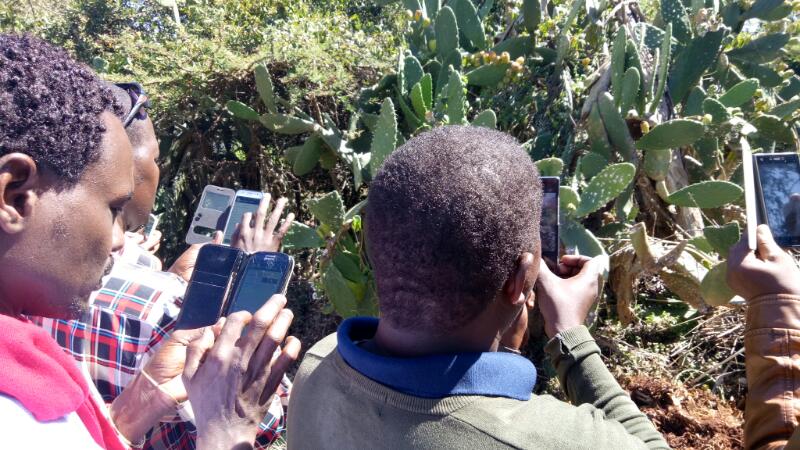Mapping and Modeling of Invasive Plant Species (Ecological Modeling Service)

Development Problem
Invasion of alien plant species into African savannas poses great threat to the native biodiversity and changes ecosystem functioning. Kenya has had several invasions of alien species that have had negative impacts on biodiversity, agriculture and human development. For instance, prickly pear (Opuntia spp) out-competes native plants, precludes grazing and browsing near it, and inhibits the proliferation of indigenous species. The Northern Kenya Rangelands (NRT) in the recent decades has experienced increased infestation by various invasive plant species shrinking forage space available for both livestock and wildlife. Identifying areas of invasion hotspots is extremely useful in prioritizing and planning the conservation and management actions over landscapes.
Stakeholders
Since the inception of this activity, SERVIR E&SA has collaborated with the Northern Rangelands Trust, Laikipia Wildlife Forum, and Kenya Wildlife Services at different levels right from consultations to implementation stages.
Service Objective
The major objective of this service is mapping and predicting the distribution of invasive species which is central in controlling their spread and mitigating the impact of biological invasions.
More information about the invasive species service can be found here: https://www.servirglobal.net/ServiceCatalogue/details/5bd07d9d51ebdcae79683379



















